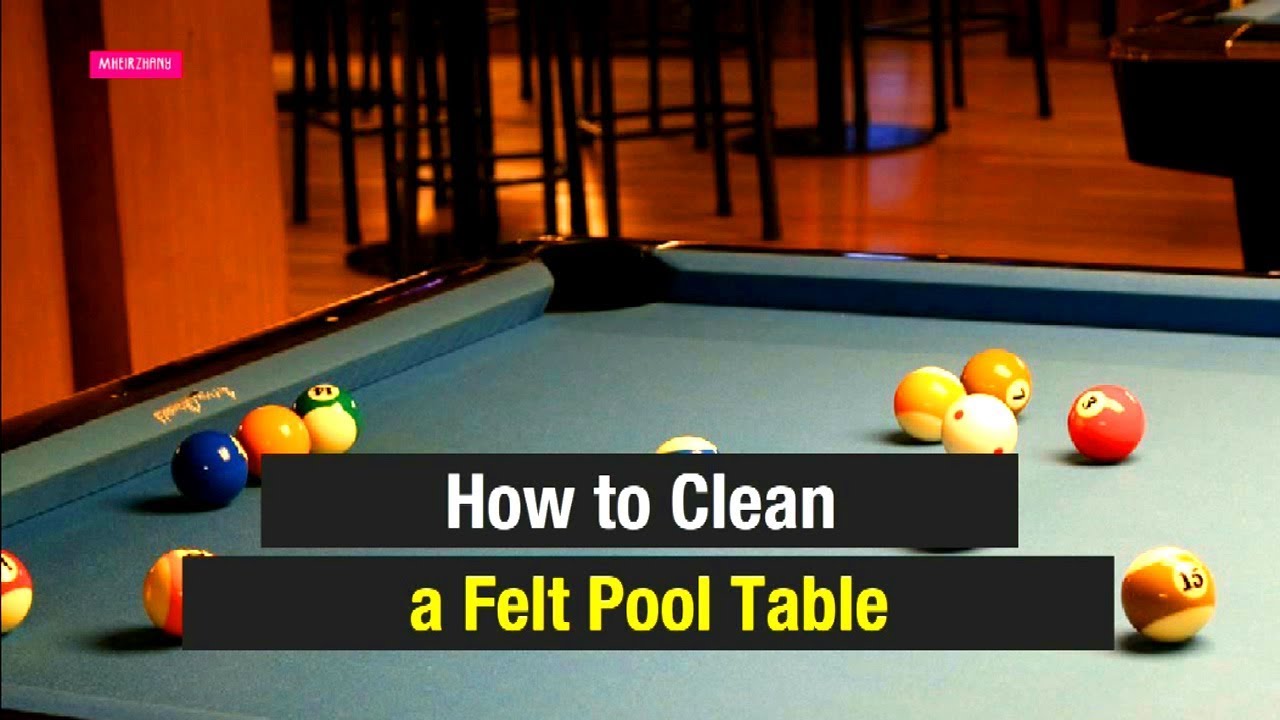
Although pool and billiards are similar, there are some key differences. First, the tables used in each game are different. Billiards tables can be larger than pool tables. Additionally, they use larger balls. Billiard cues are also longer and thicker than pool cues.
Carom-billiards doesn't require any pockets
Carom billiards differ from pocket billiards because they don't use pockets to hold the balls. They also use three balls instead of the usual four. The cue should be pointed in a certain way to ensure that the balls ricochet. These games require a lot skill and ingenuity. Each player has three chances to win each turn. Each player has three chances to earn 500 points. However, the highest score recorded is 427.
Carom billiards is about accumulating as many points as possible in a short time span. Every successful shot is worth one point and there are no penalties for missing. Aramith Carom Balls, which are designed for artistic billiards, can also be used by players.
Only 3 balls are used
Both pool and billiards can be considered variations on the carom game. Both games involve three balls: the red and carom balls. The red ball, also known as the cue ball, is used in carom-billiards. The yellow and brown ball are the two other balls. Both games are played at five-by-ten foot pool tables.

Billiards can be played on a five-by-10 foot table with three balls. In three-cushion billiards, the cue ball is marked with a black dot on one side. The object ball is always marked with a red dot. The aim of the game is to score as many points as possible.
The napping direction of snooker cloth is obvious
The nap of snooker cloth affects the ball's trajectory. It is made from 100% wool and thick. This is different from carom cloth, which is usually worsted and made for speed. Both types of cloth serve different purposes and are used in different ways.
The directional nap difference is most noticeable in a slow shot towards the middle pocket. If the ball falls into the side cushion, it will be dead weight. This can be prevented by aiming your shot towards the inner or far jaws of the middle pocket.
Modern billiards cues
Modern billiards cues differ from pool cues in many ways. They are made from different materials. In fact, the internal male/female connection points almost always are made from brass or steel. These materials are more resilient to temperature changes and shrink and contract less than other materials. Some cues have precious stones and silver inlays, which are just a few of the many materials used.
Billiards were born out of outdoor stick and ball games. The game is also known by the name "ground-billiards", and it's very similar with modern games like hockey, croquet, or golf. Despite the similarities, modern billiards cues are designed for different purposes.

History of billiards
The history of billiards and pool dates back to the 14th century, when ground billiards were invented. Two French words are thought to have been the source of the term 'billiards'. One refers specifically to the ball-bashing mace stick, and the other to the tail. In addition to the English-language inventors of the game, Frenchmen also contributed to the game's evolution.
Billiards, and pool, became increasingly popular in Europe and England during the early eighteenth-century. King Henry VIII (Edward VI), and the Archbishopof Glasgow were all present at events featuring pool. Cardinal Thomas Wosley a friend of King Henry VIII wrote a glowing letter praising the sport. Billiards was a noble game in the 17th century. French kings and noblemen hired joiners to build their tables. The game has evolved significantly over the years, with the role played by pockets changing with the times.